
The Wagram Wine Region of Austria: Exploring Its Unique Terroir, Wines, and Culture
The morning mist rises slowly over the gentle slopes of the Danube River, revealing meticulously tended vineyards that have thrived here for centuries. This is Wagram—one of Austria’s most distinctive wine regions—where deep loess soils, a unique microclimate, and generations of winemaking expertise combine to create wines of remarkable character and finesse.
While Wachau and Kamptal often dominate discussions of Austrian wine, Wagram quietly produces some of the country’s most terroir-expressive wines. The region’s perfect balance of traditional knowledge and forward-thinking innovation creates bottles that speak clearly of their origin while embracing sustainable, modern approaches.
Contents
- The Geography and Terroir: What Makes Wagram Special
- A Region Shaped by Natural Forces
- The Loess Factor: Wagram’s Secret Weapon
- Wagram’s Distinctive Microclimate
- The Vineyards of Wagram: Understanding the Rieden
- Notable Vineyard Sites
- The Wines of Wagram: Grape Varieties and Styles
- Grüner Veltliner: The Flagship Variety
- Other Key White Varieties
- Red Varieties Gaining Ground
- Wine Styles and Production Methods
- The Winemakers: Tradition Meets Innovation
- Pioneering Producers
- Sustainable Practices Leading the Way
- Cultural Traditions: The Heuriger Experience
- The Heurigen Tradition
- Traditional Food Pairings
- Visiting Wagram: Practical Travel Guide
- Best Times to Visit
- Getting Around
- Wagram Wine Route
- Accommodation Options
- Annual Events and Festivals
- Sustainability and the Future of Wagram
- Climate Change Adaptations
- The Next Generation
- Growing Recognition
- Conclusion: Wagram’s Distinctive Voice in Austrian Wine
- Recommended Wagram Wines to Try
- Further Resources
- More Travel Guides
The Geography and Terroir: What Makes Wagram Special
A Region Shaped by Natural Forces

Stretching along the northern banks of the Danube River about 30 miles northwest of Vienna, Wagram takes its name from the distinctive terraced landscape—”Wagram” derives from “Wogenrain,” meaning “shore of waves.” This geological formation, a plateau rising about 40 meters above the Danube plain, creates the backbone of the region’s unique terroir.
The region extends from Klosterneuburg in the east to Kamptal in the west, with the Danube River forming its southern boundary. Major wine-producing towns within Wagram include Feuersbrunn, Grossweikersdorf, Kirchberg am Wagram, and Grossriedenthal.
The Loess Factor: Wagram’s Secret Weapon
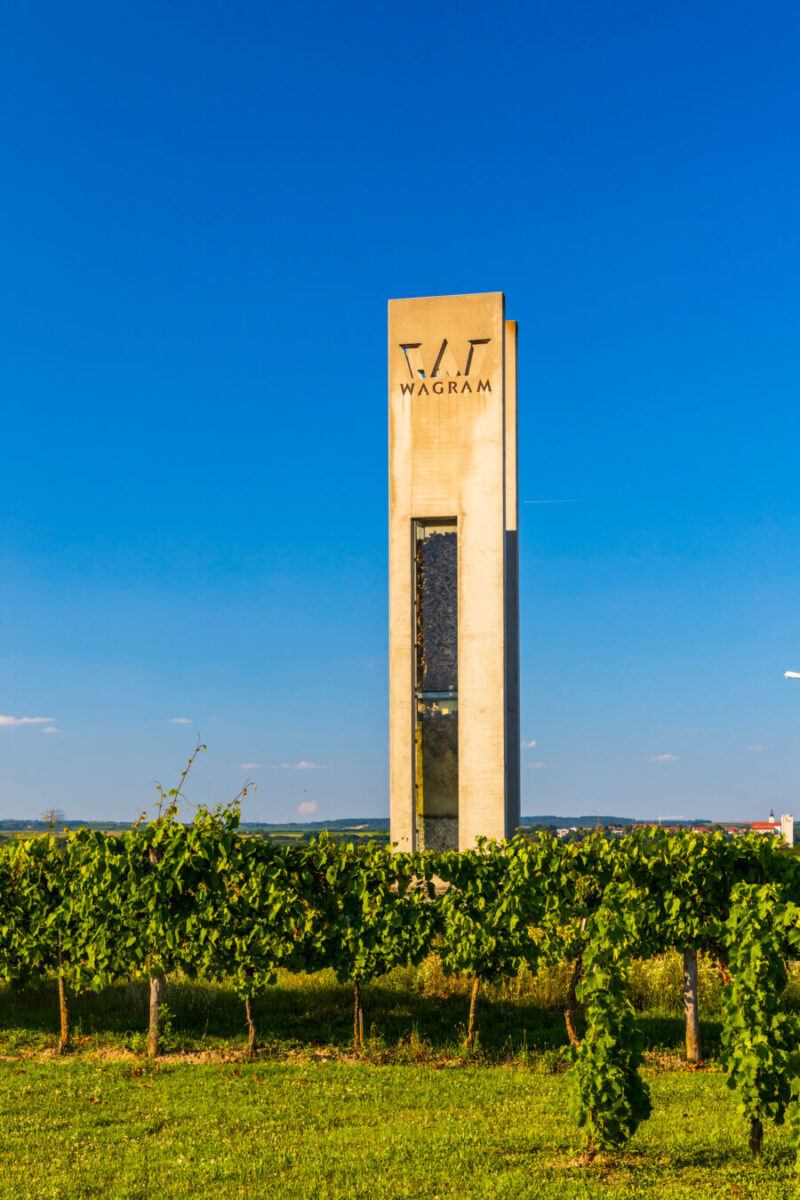
The defining characteristic of Wagram’s terroir is its exceptionally deep loess soil—wind-blown, mineral-rich silt that accumulated during the last Ice Age. These loess deposits reach depths of up to 20 meters, making them among the most significant in Europe.
This soil composition creates several critical advantages for viticulture:
- Excellent water retention: Despite relatively low annual rainfall (around 500mm), vines rarely suffer drought stress
- Natural temperature regulation: The pale, reflective soil helps moderate temperature extremes
- Mineral richness: High calcium carbonate content contributes to the wines’ distinctive mineral character
- Root development: The porous structure allows vine roots to penetrate deeply, accessing nutrients and water even in challenging vintages
Wagram’s Distinctive Microclimate

The region benefits from a Pannonian climate influence, characterized by:
- Hot, dry summers that provide ample ripening potential
- Cold winters that allow vines necessary dormancy
- Significant diurnal temperature variation (day-night temperature differences) that helps develop complex aromatics while retaining acidity
- Protection from harsh northern winds by the Manhartsberg hills
This combination of geological and climatic factors creates ideal conditions for producing wines with impressive structure, concentrated fruit, and a distinctive mineral character that speaks clearly of their origin.
The Vineyards of Wagram: Understanding the Rieden

The vineyard landscape of Wagram is divided into numerous “Rieden” (single vineyards), each with unique characteristics that influence the resulting wines. These named vineyard sites, such as Rosenberg, Gmörk, and Steinberg, reflect centuries of winemaking knowledge about how subtle differences in aspect, elevation, and soil composition affect grape development.
Notable Vineyard Sites

- Rosenberg: South-facing slopes with optimal sun exposure, producing wines of remarkable ripeness and complexity
- Gmörksteig: Located at 227-283m above sea level, known for wines with pronounced minerality
- Wora: Covering 61.7 hectares with southwest exposure, producing particularly aromatic wines
- Stiegl: A 40.7-hectare site with southern exposure, renowned for full-bodied wines with excellent aging potential
- Spiegel: South-facing vineyard known for exceptional Grüner Veltliner with spicy, peppery notes
- Kirchtal: Protected site that produces elegantly structured wines with distinctive loess character
The diverse exposures and subtle soil variations across these Rieden allow Wagram winemakers to produce a remarkable range of wine styles, from fresh, fruit-forward offerings to complex, age-worthy bottles that continue developing for decades.
The Wines of Wagram: Grape Varieties and Styles
Grüner Veltliner: The Flagship Variety

Grüner Veltliner, Austria’s signature white grape, finds one of its most distinctive expressions in Wagram. Covering approximately 50% of the region’s vineyard area, Grüner thrives in the deep loess soils, producing wines that differ noticeably from those of neighboring regions.
Wagram Grüner Veltliner typically displays:
- Ripe yellow fruit notes (apple, pear, quince)
- Distinctive spiciness often described as white pepper
- Round, creamy texture with substantial body
- Subtle but persistent mineral finish
- Excellent aging potential, developing honeyed, nutty notes with time
Other Key White Varieties

While Grüner Veltliner dominates, Wagram produces excellent wines from several other white varieties:
- Roter Veltliner: A rare, Indigenous variety experiencing a revival, producing full-bodied wines with spicy notes and excellent aging potential
- Riesling: Typically drier than its German counterparts, with pronounced stone fruit character and vibrant acidity
- Weissburgunder (Pinot Blanc): Creates elegant, medium-bodied wines with subtle apple notes and creamy texture
- Chardonnay: Often barrel-fermented, producing rich, textured wines with remarkable complexity
Red Varieties Gaining Ground

Though traditionally focused on whites, Wagram’s warmer climate has encouraged increasing plantings of red varieties:
- Zweigelt: Austria’s most widely planted red grape, producing fruity, accessible wines with cherry notes
- St. Laurent: A demanding variety related to Pinot Noir, creating elegant wines with silky tannins
- Pinot Noir: Gaining popularity, particularly on the region’s cooler sites
- Blaufränkisch: Limited plantings but showing promise in warmer vintages
Wine Styles and Production Methods
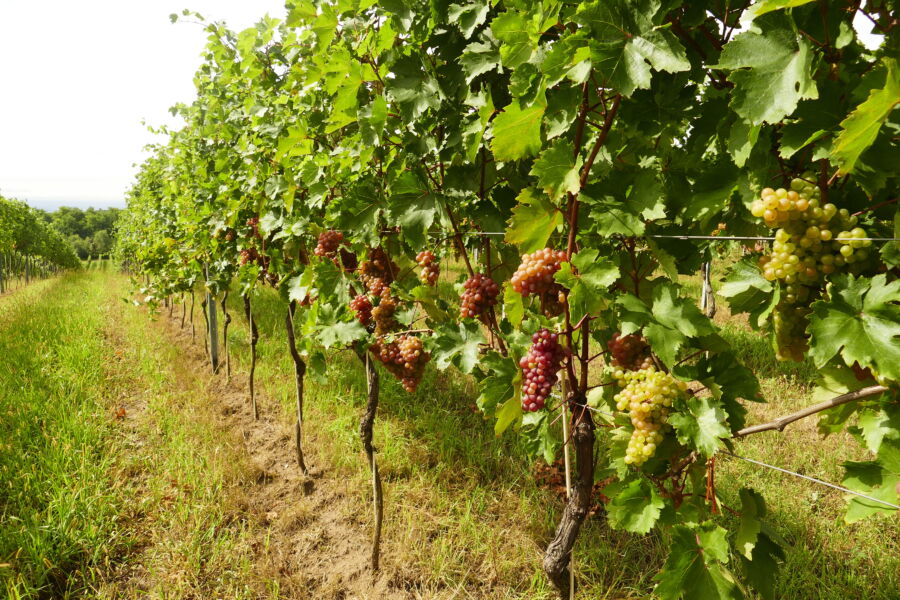
Wagram winemakers produce diverse styles using both traditional and modern techniques:
- Fresh, unoaked whites: Typically fermented in stainless steel to preserve fruit character, released early for immediate enjoyment
- Reserve whites: Extended lees contact, often with some barrel aging, producing complex wines with impressive aging potential
- Single-vineyard expressions: Showcasing the unique character of specific Rieden, typically with minimal intervention to highlight terroir.
- Red wines: Usually aged in large neutral oak or smaller barriques, depending on variety and producer style
- Sweet wines: Limited production of Beerenauslese and Trockenbeerenauslese in exceptional vintages
See Related: Salzburg vs Innsbruck: Key Differences Between Austria’s Alpine Gems
The Winemakers: Tradition Meets Innovation

Wagram’s winegrowing tradition dates back centuries, with many estates remaining in the same families for generations. Today, the region represents a fascinating blend of traditional knowledge and forward-thinking innovation.
Pioneering Producers

Several key producers have helped establish Wagram’s reputation for quality and innovation:
- Josef Fritz: A champion of Roter Veltliner and organic viticulture, producing distinctive, terroir-driven wines
- Bernhard Ott: Often called “Mr. Veltliner,” a biodynamic pioneer whose minimal-intervention approach highlights the purity of Wagram terroir
- Franz Leth: Family winery focused on classic varieties grown on the region’s best sites
- Clemens Strobl: Creating precise, elegant wines from old vine parcels across various Rieden
- Anton Bauer: Award-winning producer of both white and red varieties with international recognition
Sustainable Practices Leading the Way

Many Wagram producers are at the forefront of sustainable viticulture in Austria:
- Organic certification: Increasing the number of vineyards certified organic or in conversion
- Biodynamic practices: Following Rudolf Steiner’s agricultural principles to enhance vineyard health
- Minimal intervention winemaking: Focusing on vineyard work rather than cellar manipulation
- Cover crops and biodiversity: Encouraging natural ecosystems within the vineyards
- Solar energy: Many wineries utilize renewable energy sources
These sustainable approaches benefit the environment and often result in wines more authentically expressing their terroir.
Cultural Traditions: The Heuriger Experience
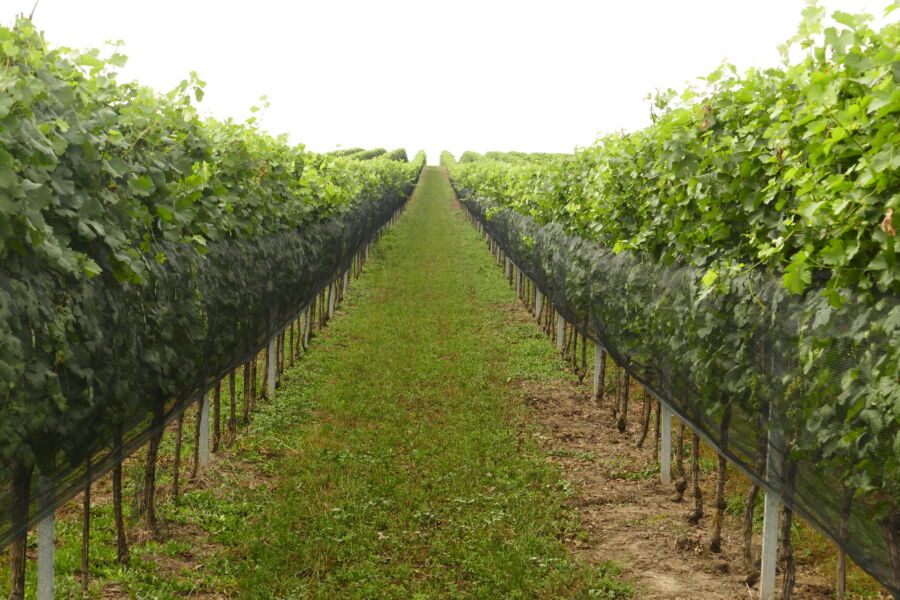
No exploration of Wagram would be complete without understanding the cultural institutions that have shaped its wine traditions for centuries.
The Heurigen Tradition
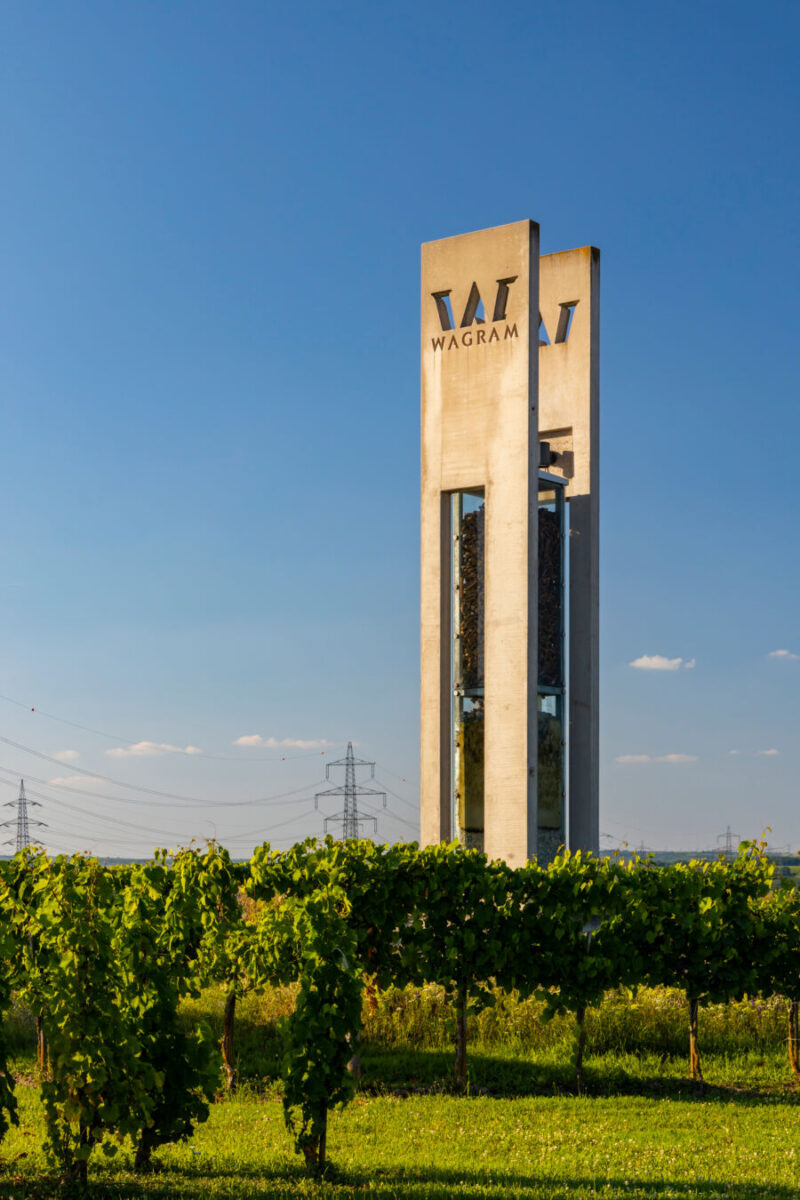
The Heuriger (wine tavern) tradition dates back to 1784 when Emperor Joseph II decreed that winemakers could sell their wine without special permits. This created a vibrant culture of local wine taverns that continues today.
In Wagram, traditional Heurigen offer:
- Young wines from the most recent vintage
- Simple, hearty, traditional Austrian dishes
- A casual, convivial atmosphere
- Direct interaction with winemakers and their families
- Authentic insight into local culture and traditions
The traditional sign of a Heuriger is a bundle of pine branches, or a wreath hung above the entrance, indicating when the establishment is open and serving new wine.
Traditional Food Pairings
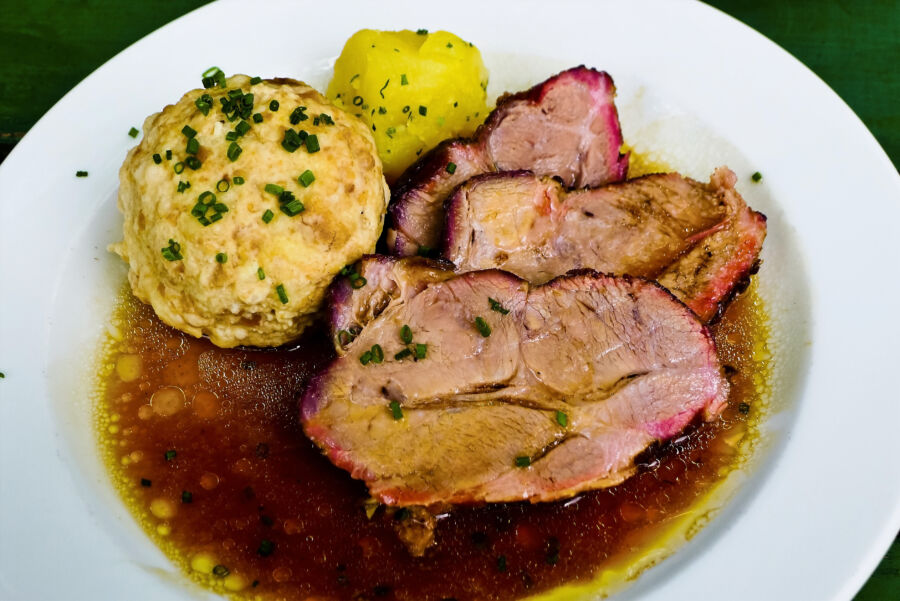
The classic Heuriger experience includes traditional Austrian dishes that pair perfectly with the local wines:
- Brettljause: A wooden board laden with local cheeses, cured meats, spreads, and fresh bread
- Schweinsbraten: Roast pork with caraway seeds and crispy skin
- Backhendl: Crispy fried chicken, a specialty in many Wagram establishments
- Liptauer: Spicy sheep cheese spread flavored with paprika
- Grammelschmalz: Rendered pork fat with cracklings spread on dark bread
These hearty dishes perfectly complement the region’s full-bodied white wines, creating a ” Gemütlichkeit ” experience— a uniquely Austrian sense of coziness, contentment, and well-being.
Visiting Wagram: Practical Travel Guide
Best Times to Visit
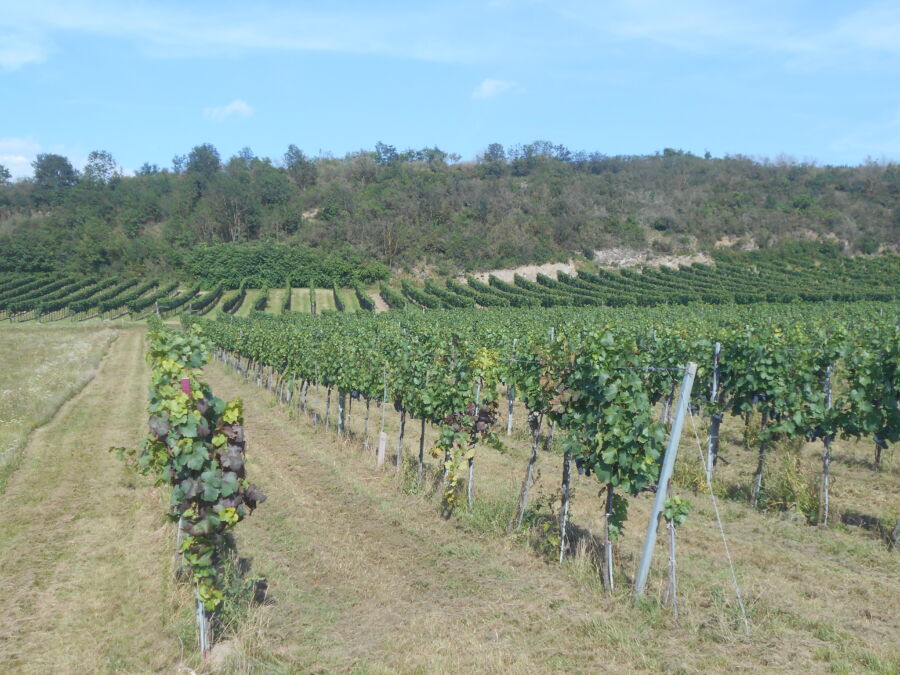
Each season offers a different perspective on Wagram:
- Spring (April-June): Vines awakening, pleasant temperatures, less crowded
- Summer (July-August): Warm weather, outdoor dining at Heurigen, vibrant atmosphere
- Harvest (September-October): Experience the excitement of harvest, beautiful autumn colors
- Winter (November-March): Quieter season, focus on cellar visits, new vintage tastings
Getting Around

Wagram is easily accessible from Vienna:
- By car: 45-60 minutes from Vienna (rental recommended for flexibility)
- By train: Regular service to Tulln, with connections to smaller towns
- Bicycle: Excellent cycling routes along the Danube, with bike rentals available
Wagram Wine Route

The official Wagram Wine Route connects the region’s main wine towns and offers a structured way to explore:
- Well-marked signs and information panels
- Scenic viewpoints overlooking vineyards
- Direct connections to winery tasting rooms
- Integration with hiking and cycling paths
Accommodation Options
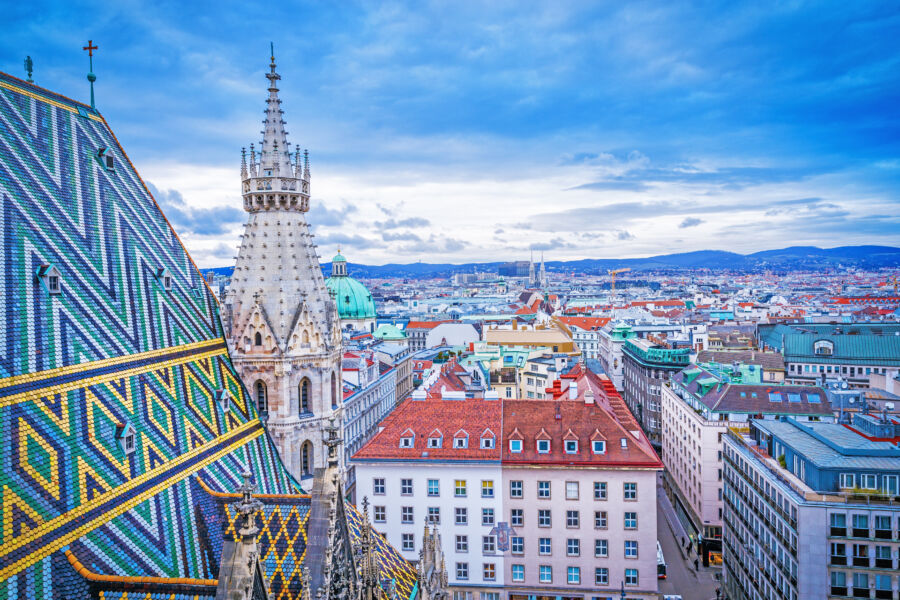
From charming B&Bs to luxury wine hotels, Wagram offers accommodation for every preference:
- Winery stays: Several producers offer rooms or apartments
- Historic inns: Traditional Gasthöfe in wine villages
- Boutique hotels: Contemporary comfort in historic settings
- Vienna base: Many visitors choose to stay in Vienna and make day trips
Annual Events and Festivals

- Wagram Wine Spring (May): Open cellar days across the region
- Midsummer Night’s Tastings (June): Evening events with food pairings
- Harvest Festivals (September-October): Traditional celebrations in various villages
- Wagram Advent (December): Special winter wine experiences and Christmas markets
See Related: Breathtaking Festivals You’ve Never Heard Of (But Need to Experience ASAP)
Sustainability and the Future of Wagram
Climate Change Adaptations

Like wine regions worldwide, Wagram faces challenges from climate change:
- Earlier harvest dates than historical averages
- Increasing summer heat extremes
- More unpredictable weather patterns
- New pest and disease pressures
Producers are responding proactively with:
- Research into heat-resistant clones
- Adjustments to canopy management
- Exploration of alternative varieties
- Water management strategies
- Higher-altitude plantings
The Next Generation

A new generation of winemakers is building on Wagram’s traditions while bringing fresh perspectives:
- International experience brought back to family estates
- Experimentation with natural winemaking approaches
- Renewed focus on forgotten Indigenous varieties
- Enhanced tourism experiences connecting wine with regional culture
- Increased international marketing efforts
Growing Recognition

After decades in the shadow of more famous Austrian wine regions, Wagram is gaining deserved recognition:
- Increasing export presence in key markets
- Greater representation on prestigious restaurant wine lists
- Growing critical acclaim from wine publications
- Rising visitor numbers from international wine tourists
- Enhanced reputation for sustainable viticulture
See Related: Best Places to Visit in Europe This Year
Conclusion: Wagram’s Distinctive Voice in Austrian Wine
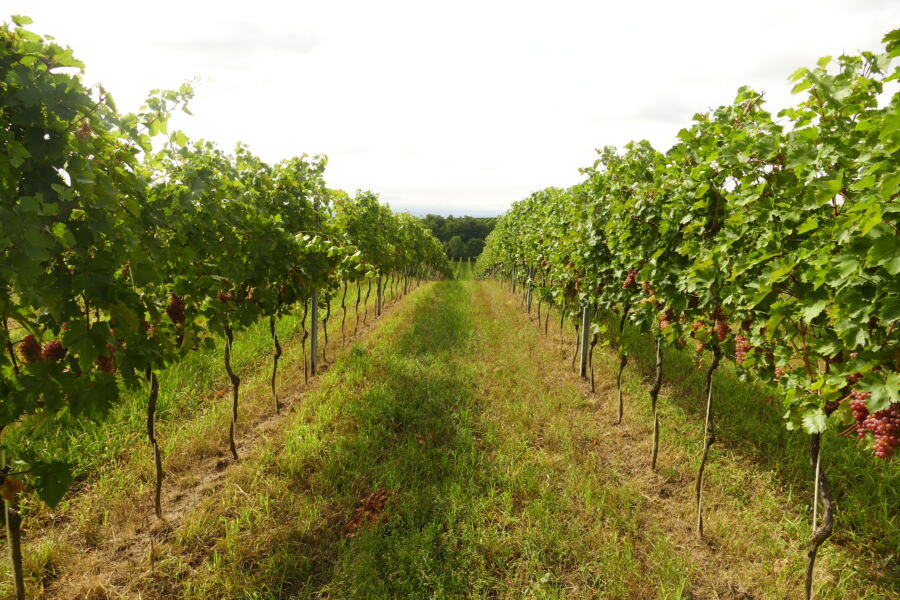
Wagram represents a unique voice in the Austrian wine landscape—a region where geology, climate, and human expertise converge to create wines of remarkable character. The region’s loess soils, particularly suited to Grüner Veltliner and Roter Veltliner, yield bottles with distinctive texture, complexity, and aging potential.
What makes Wagram particularly compelling is the balance between tradition and innovation. Century-old viticultural knowledge combines with forward-thinking sustainable practices, producing wines that honor their heritage while embracing modern approaches.
As climate change challenges wine regions globally, Wagram’s natural advantages—particularly its water-retentive soils and adaptable winemaking culture—position it well for the future. The increasing focus on indigenous varieties, sustainable practices, and terroir-driven winemaking bodes well for the region’s continued development.
For those looking to explore beyond Austria’s more famous regions, Wagram offers authenticity, quality, and discovery—a compelling combination in today’s wine world.
Recommended Wagram Wines to Try

For those eager to explore Wagram’s distinctive wines, here are some excellent starting points:
- Bernhard Ott “Der Ott” Grüner Veltliner: A perfect introduction to the region’s flagship variety
- Josef Fritz Roter Veltliner Wagram: Showcasing this rare Indigenous grape
- Franz Leth Scheiben Grüner Veltliner: A single-vineyard expression of exceptional quality
- Clemens Strobl Rosenberg Riesling: Demonstrating the potential of Riesling in loess soil
- Anton Bauer Reserve Wagram Pinot Noir: Revealing the region’s emerging red wine quality
Further Resources
- Austrian Wine Marketing Board: Comprehensive information on Austrian wine regions
- Wagram Wine Region Official Website: Details on wineries, events, and tourism
- Vinea Wachau: Information on neighboring wine regions for extended exploration



